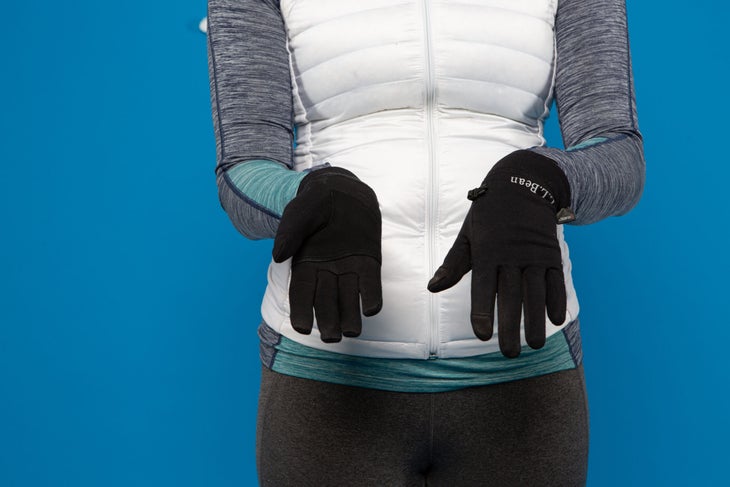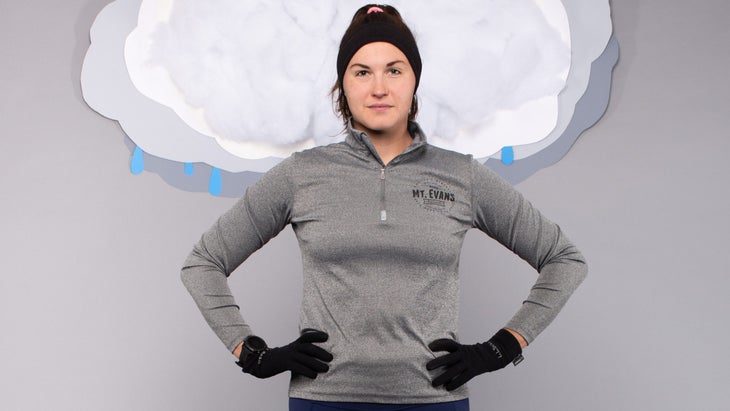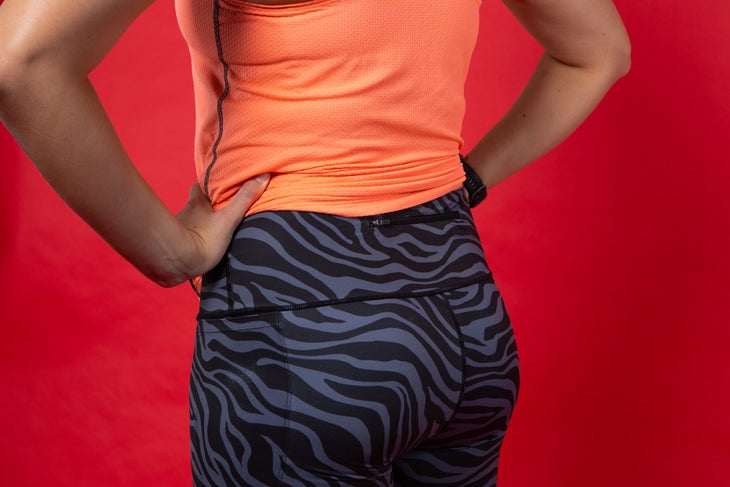New perk! Get after it with local recommendations just for you. Discover nearby events, routes out your door, and hidden gems when you sign up for the Local Running Drop.
Of the three disciplines in triathlon, running is often described as the sport with the lowest barrier to entry and fewest equipment requirements. At its core, all you need is a pair of sneakers, pants, and a top before you can head out the door. But which sneakers, pants and top? Once you start banking miles, you’ll want to be deliberate with clothing choices depending on the temperature. Overheating with too many layers to count is just as miserable as not having enough layers and shivering with each step.
RELATED: What to Wear for Open-Water Swimming (Even When it’s Cold) and What to Wear for Bike Rides, by Temperature
What to wear for running in the cold

Running in the snow or depths of winter can be a fun way to tap into your inner child, the one who loved romping around in the snow banks without worry of pace or distance. Now, as adults, we don’t have a parent standing by to make sure we’re bundled up – that’s on us.
While you may want to consider running inside if the temperature dips into the 20s Fahrenheit, generally, with the right gear, you can run outside even when Jack Frost is working his magic.
Thermal leggings or long underwear beneath pants or shorts are a must in chilly temps. It is critical to keep your legs warm to propel you forward and maintain proprioception. When your legs or feet become too cold, you’re more likely to injure yourself via a tight muscle or tripping with clumsy, chilly feet. For this reason, it might also be worth considering traction devices on your shoes if the sidewalk or trail will be particularly icy.
A thicker, moisture-wicking top, preferably with some kind of high neck, is also key – the higher neck (or sub in a scarf) keeps your airways warm, which helps you to maintain a steady breath in cold temps. If you need to wear a sports bra, opt for one that fits well and wicks moisture away from the body.
Pair that with a down vest (or jacket), full-finger gloves, a beanie, and your socks and shoes. Congratulations – you’re ready to brave whatever Old Man Winter has in store.
RELATED: Ask a Gear Guru: What Are the Best Accessories for Winter Running?
What to wear for running in temperate weather

We love a temperate run. You get warm, but not too warm. There’s a cool breeze, but not too cold. Truly the best type of running out there.
Opt for calf-length leggings or light leggings under shorts. This way, you keep your larger muscles (glutes, quads, hamstrings) warm without overheating the whole leg.
A long-sleeve t-shirt made of moisture-wicking technical fabric is perfect for this weather, as are some light full-finger gloves (which you can stash in your leggings or shorts if your hands get too sweaty) and a headband if your ears are sensitive. Close out the ensemble with socks and shoes, and you’ll be ready to roll.
RELATED: How to Pick the Right Running Shoe Today
What to wear for running in the heat

The first thing to wear when the sun is blazing is sunscreen, but beyond that, little run apparel is needed to get out the door.
A breathable tank top (again, folks, sunscreen on the shoulders, neck, and face) is a great option. If you’re comfortable doing so and the pavement is baking, running in a sports bra or shirtless is also a solid choice.
Shorts are a must – but make sure they are long enough to prevent the dreaded inner-thigh chafing that plagues nearly all athletes. You can also apply running-specific lubricant like Body Glide or Skin Slick to the inner thighs (and anywhere else, such as the armpits) to prevent chafing on hot days. This is also good advice if you opt to run sockless, either in training or as part of your race.
Other optional gear might include a hydration pack or handheld water bottle depending on how toasty it is outside.
RELATED: Ask A Gear Guru: How Should I Carry Water While Running?
Though you may have your go-tos for training runs, try to do at least three run workouts wearing the clothing you plan to use on race day, whether it’s a tri suit or tri shorts with a tech t-shirt. Remember, nothing new on race day! Running has the most movement of all three disciplines, which means it also has the most potential for chafing – you don’t want to be uncomfortable because you decided to wear a new, untested tri suit or running shoes.